contributions
We invite you to read, watch, and listen to a variety of contributions and materials that have been conceived of as extensions and insights into our collaborations, facilitations, and programs. Predominantly commissioned by Spore, it is a repository of sonic notes, stories, poems, essays, and tools authored by individuals from different walks of life. They are published in their multiple original languages with occasional translations.
LI SER ÇEMÊN KURDISTANÊ - Hekê em li her dilopekê avê hem wekî navgîneke hîdrolojîk û hem jî di heman demê de yeke sosyo-çandî binihêrin - bi vî rengî çem jî têkiliyek hebên dilopan in - hilgirên jiyanê yên li ser rûyê erdê me.
notesIf we look at the individual drop of water as both a hydrological and at the same time a socio-cultural medium - this is how rivers are an interaction of the individual drops - the carriers of life along our earth's crust.
notesAs a cultural organization in Berlin Neukölln, we commit to actively oppose all forms of discrimination, whether anti-Arab, anti-Muslim or anti-Semitic.
notes
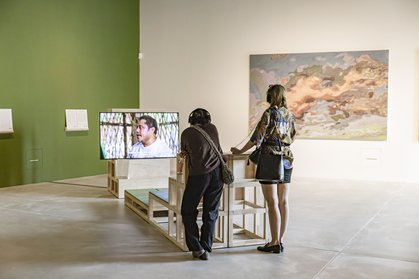
Lejanas voces, varias de ellas compartidas desde U Yits Ka’an, han sido traídas hasta la casa Spore aquí en Berlín Alemania, para compartir con loas/los berlineses y con tantas otras personas venidas de distintas partes del mundo; estas voces son un lejano eco de la sabiduría maya sobre algunos procesos que hasta el día de hoy generan vida y esperanza en las comunidades rurales de Yucatán, tales como el mito de Cuxaan Su’um, el Xook K’iin y el trabajo y cultivo de las abejas nativas.
notes
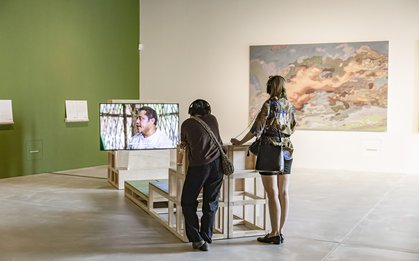
Distant voices, several of them from U Yits Ka’an, have been brought to the Spore house in Berlin, Germany, to share with Berliners and many other people from different parts of the world. These voices are a distant echo of Maya wisdom about certain processes that to this day generate life and hope in the rural communities of Yucatan, such as the myth of Cuxaan Su’um, the Xook K’iin, and the work and cultivation of native bees. With an exhibition that gave visibility to these three narratives, this house-museum in the legendary German city was inaugurated.
notes
En el primer día de taller pudimos conocer a las personas que integrarían el grupo y con quienes compartiríamos el resto de la semana aprendiendo sobre técnicas, saberes, formas y maneras de ver y realizar arte a partir de elementos propios de la naturaleza. Se reunió un grupo de adolescentes entre los 11 a 14 años y doña Cande de 28 años, la mayoría interesados por el dibujo y sus expresiones, otros por el trabajo del maestro José Chi y sus procesos pictóricos.
notesAbstract in English, based on the original text in Spanish.
The Xook K’iin — “reading, counting the days”, in Peninsular Yucatec Maya—is a technique of forecasting the future in order to adapt the tasks of the milpa cycle, depending on a series of meteorological predictions.
notes
Como es consabido, el xook k’iin —“leer/contar los días”, en idioma maya peninsular o yucateco— es una técnica de previsión de futuro que adecua las tareas del ciclo de la milpa en tiempo y forma dados por una serie de predicciones meteorológicas.
notesResumen: En este texto se ofrece una visión panorámica del contexto histórico, sociocultural y ambiental en el que se desarrollan algunos de los principales megaproyectos que amenazan el patrimonio biocultural del pueblo maya de Yucatán y en particular el Xok k’iin. Yucatán es un ecosistema muy vulnerable a la contaminación del agua subterránea y a los efectos del cambio climático, fenómenos que ponen en riesgo los conocimientos y prácticas tradicionales de las comunidades mayas. Finalmente, se señalan experiencias recientes de defensa del patrimonio biocultural.

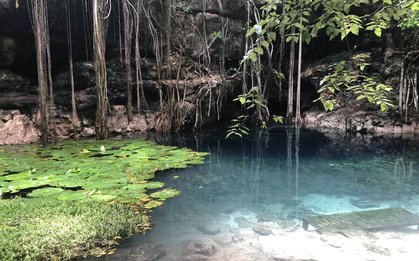

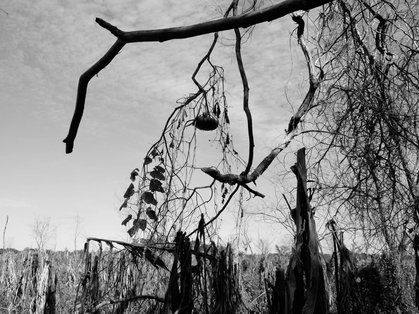



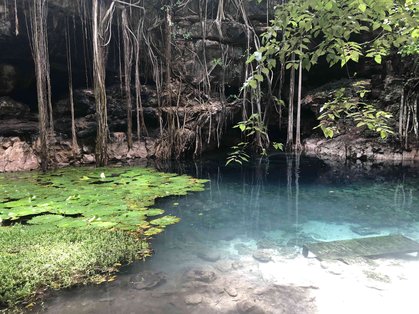 Cenote in Yucatan
Cenote in YucatanAbstract: This text offers a broad overview of the historical, socio-cultural and environmental context in which some of the main megaprojects threatening the biocultural heritage of the Maya people of Yucatán were developed, among them the Xok k’iin. Yucatán’s ecosystem is susceptible to groundwater contamination as well as the effects of climate change, and these phenomena put the traditional practices and knowledge of the Maya community at risk. Finally, I outline some recent examples of how biocultural heritage has been successfully defended.
notesFor years, Indigenous Peoples have demonstrated that they are experts in adaptation and resilience. 470 million people worldwide belong to Indigenous Peoples, they live in seven sociocultural regions, and although they make up only six percent of the earth's population, they are the custodians of over 80 percent of the world's biodiversity. In the face of centuries of discrimination and marginalization, the key to their survival lies in their holistic understanding of the world: in how they focus on nature and knowledge of their territories, cycles and temporalities. One example are the Maya people of the Yucatán Peninsula, who have survived for more than 3,000 years in a region where they are exposed to different extreme weather events.
notesKex tumen ich kastláan contar días u na’atale’, maya Xook K’iine’ ma’ jump’éel nu’ukuli’, mix jump’éel u ju’unil nu’ukbesaji’, ba’ale’ jump’éel miaatsil wa jump’éel u kóotsol; ilbil ba’al, u’uybil ba’al wa jump’éel kuxlajeb, tumen jump’éel ba’al ku yúuchul sáansamal, láalaj áak’ab, láalaj chíinil k’iin wa láalaj ja’atskabil tu’ux ku sakaltikubaa sijnáalil, beey jump’éel otochnáalil tu’ux ku múul kuxtal jumpakab láak’tsililo’ob ku pakláan ki’imak óoltikuba’ob ti’al u utsil kuxtalo’obe’.
– Pedro Uc Be






